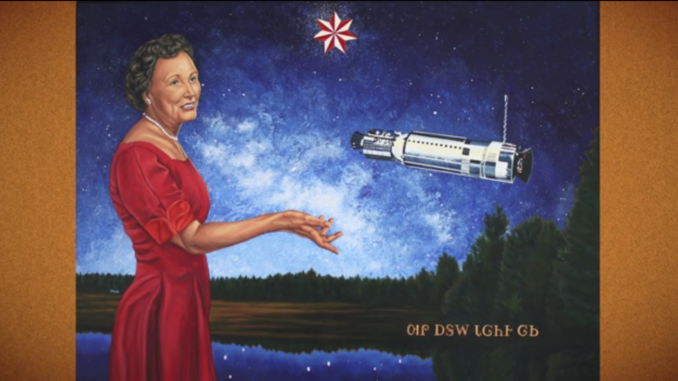
Since ancient times, the Cherokee people have passed down to each new generation a story of their origin: they came long ago from the Pleiades, a small cluster of stars also known as the Seven Sisters, and made Earth their home. Accordingly, there are seven clans of the Cherokee tribe and seven directions in the cosmos.
In 1790, a child was born to a Cherokee mother. She named him Koo-wi-s-gu-wi, which meant Mysterious Little White Bird in her native language. He would become a great chief, perhaps the greatest leader the Cherokee ever knew, although his task was often extremely difficult. Most difficult of all was leading his people from their ancestral lands, which they were forced to leave, to a territory that was unfamiliar to them. This was the Trail of Tears, so named because one-fourth of his followers died en route. In Cherokee culture, tribal membership was conferred on the maternal side, but Koo-wi-s-gu-wi’s father was a Scottish immigrant, who bequeathed him with the English name, John Ross (1790-1866).
Mary Golda Ross (1908-2008) was born the great-great-grandaughter of John Ross. Like her great-great-grandfather, she was a Cherokee tribal member by birthright, and she too was destined to become a leader and trailblazer.
Mary was a bright child who became interested in math and science at a young age. After high school she earned a bachelor’s degree in mathematics from Northeastern State Teachers’ College, graduating in 1928. She then taught math and science in rural Oklahoma public schools until about 1936, when she went to work for the Bureau of Indian Affairs as a statistician, in Washington, DC. From there, she was assigned as a student advisor for girls at the Santa Fe Indian School in New Mexico. All the while, she worked towards a master’s degree, spending her summers (while a teacher) attending Colorado State College of Education at Greeley. In addition to mathematics courses, she also studied astronomy and completed her master’s in 1938.
When the Second World War began and employers faced labor shortages due to the large numbers of men joining the armed forces, her father advised her to seek work in California. It was the ideal time for women to find work in industry jobs that were normally filled by men. The Lockheed Corporation hired Mary to fill their need for mathematicians, and she was assigned to the P-38 Lightning project. This fighter aircraft was very fast, and company engineers feared it would break apart in a dive when it approached the speed of sound. Mary helped solve problems and proved, mathematically, that the P-38 airframe was reliable even at the highest speeds it could attain.
After the war Lockheed sent her to UCLA where she earned a certification in aeronautical engineering. When Lockheed organized their now famous (but then top secret) Skunk Works, where they developed state-of-the-art advanced aircraft, Mary was one of forty engineers, and the only woman, to be part of the new advanced design team.
Throughout the 1950s and 60s, she worked on advanced aircraft, missile systems (including submarine-launched missiles), and NASA rocket and space systems. Notably, she contributed extensively to the design of the Agena B rocket, which launched spy satellites and played an important role in NASA’s Gemini manned space missions.
On June 22, 1958, she appeared on a popular television show, What’s My Line? (See YouTube video below).
Cherokee artist America Meredith painted Mary’s picture in a work called Ad Astra per Astra, which means “to the stars from the stars”. The painting includes the Pleiades as a seven-pointed star (which also represents the seven clans and the seven cosmological directions important in Cherokee lore). The painting also depicts the Agena B rocket. Ad Astra per Astra isn’t the only art honoring Mary: a sculpture at Buffalo State College in New York State also bears her image.
Mary passed away in 2008, just a few months short of her one hundredth birthday. Cherokee legend holds that Mary’s people came from the stars. Her life’s work contributed greatly to mankind going back to the stars.
“What’s My Line? – Andy Griffith; Jack Lemmon [panel] (Jun 22, 1958)” (26:03):
“Cherokee Almanac: Mary Golda Ross” (1:36):
“Hidden Figuras: Mary Golda Ross” (2:46):
“Historic Trailblazer: Mary Golda Ross” (53:57):
Question of the Night: What trailblazers do you admire?
